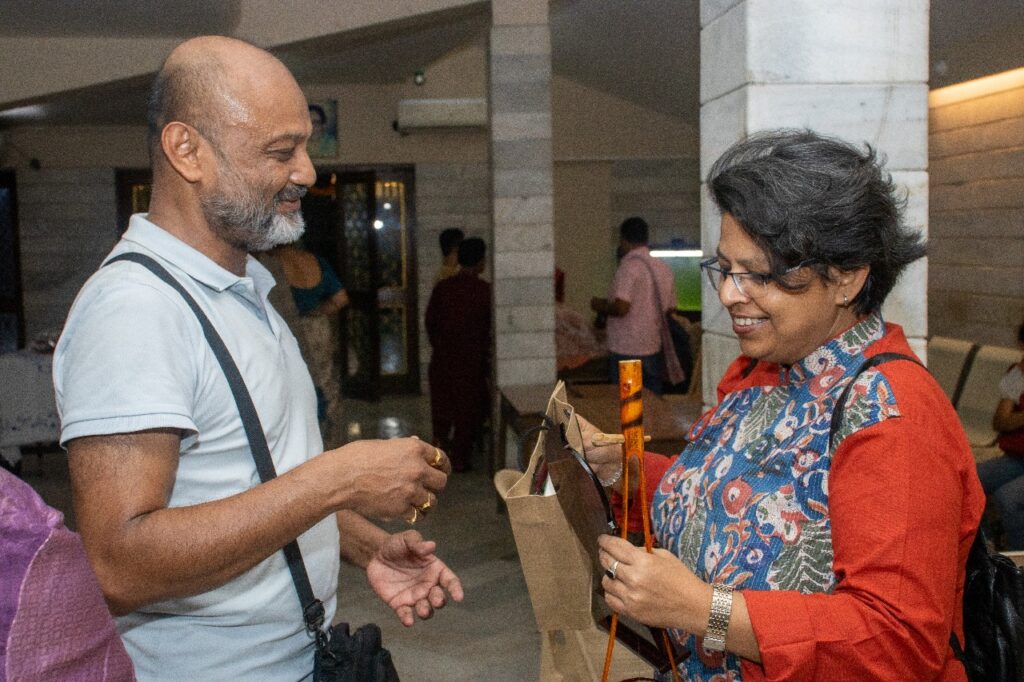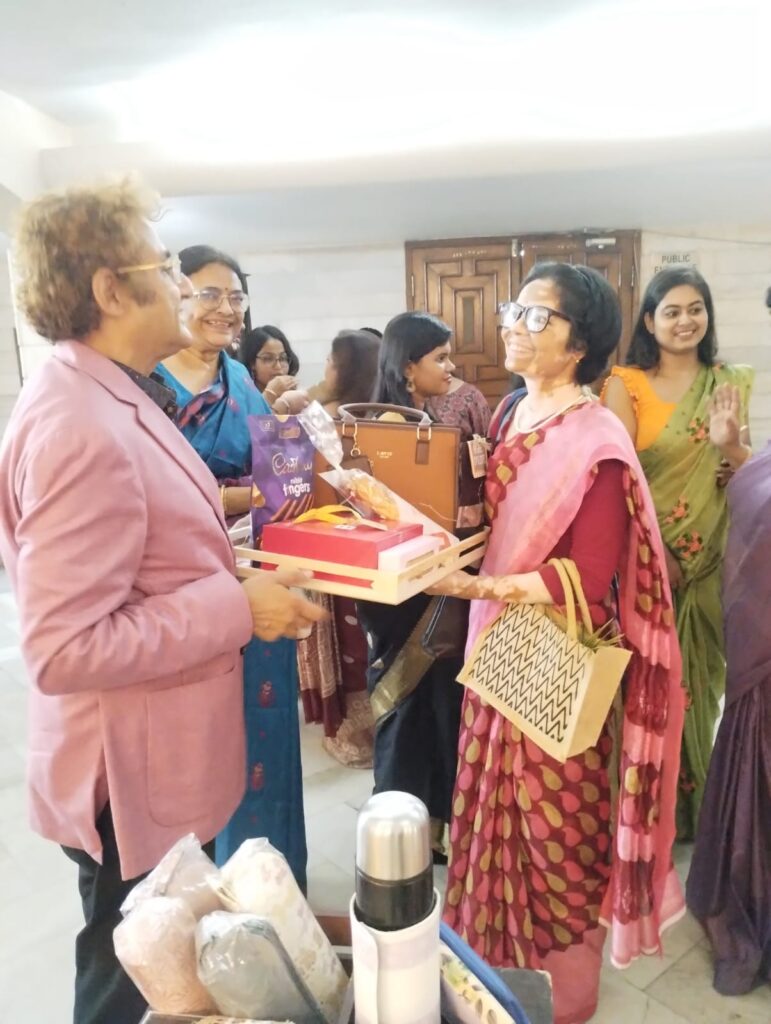



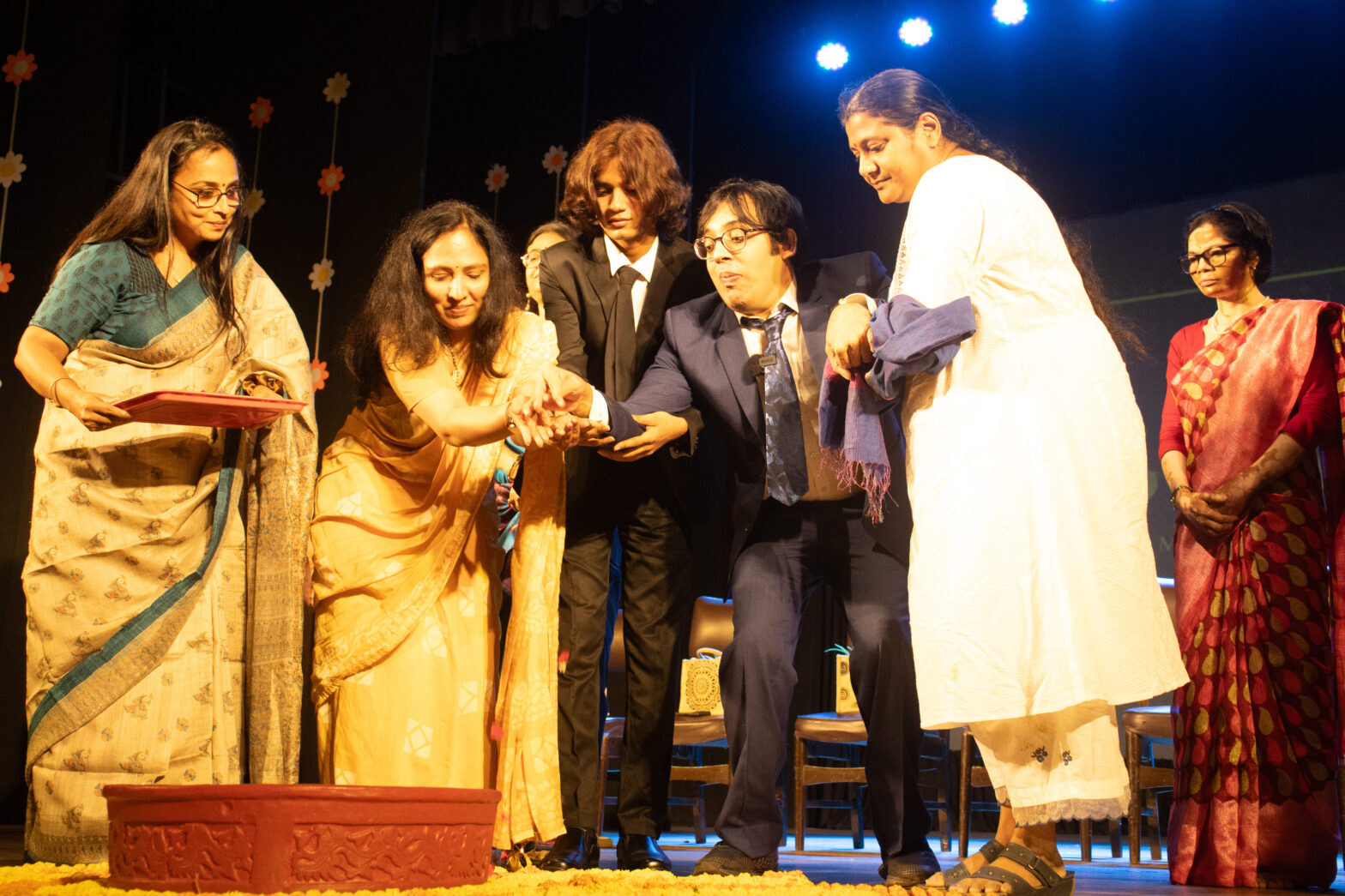
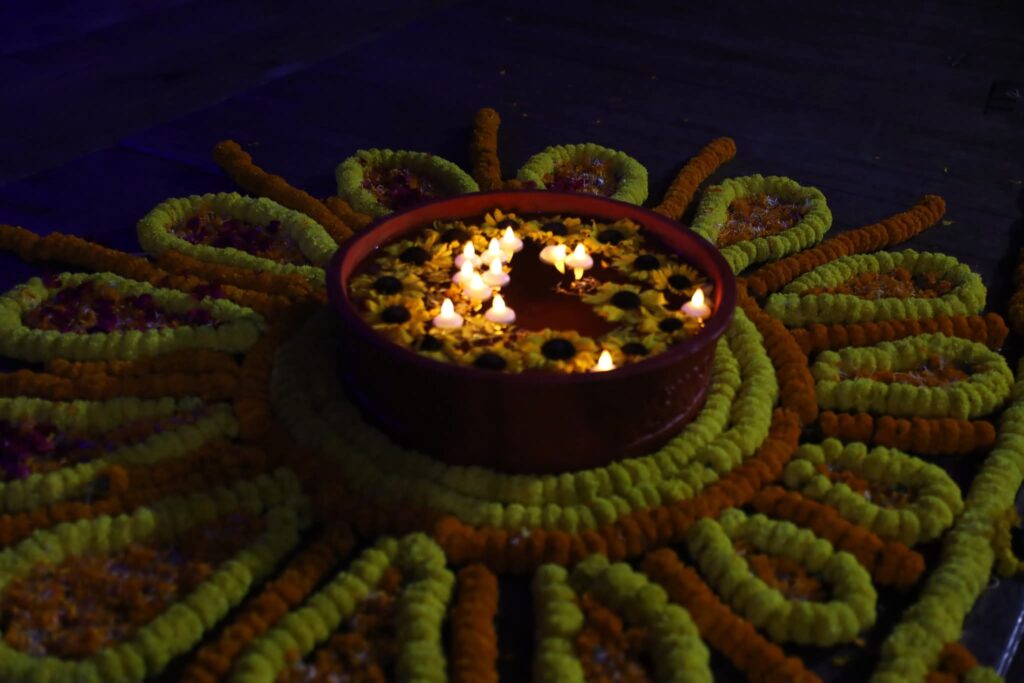
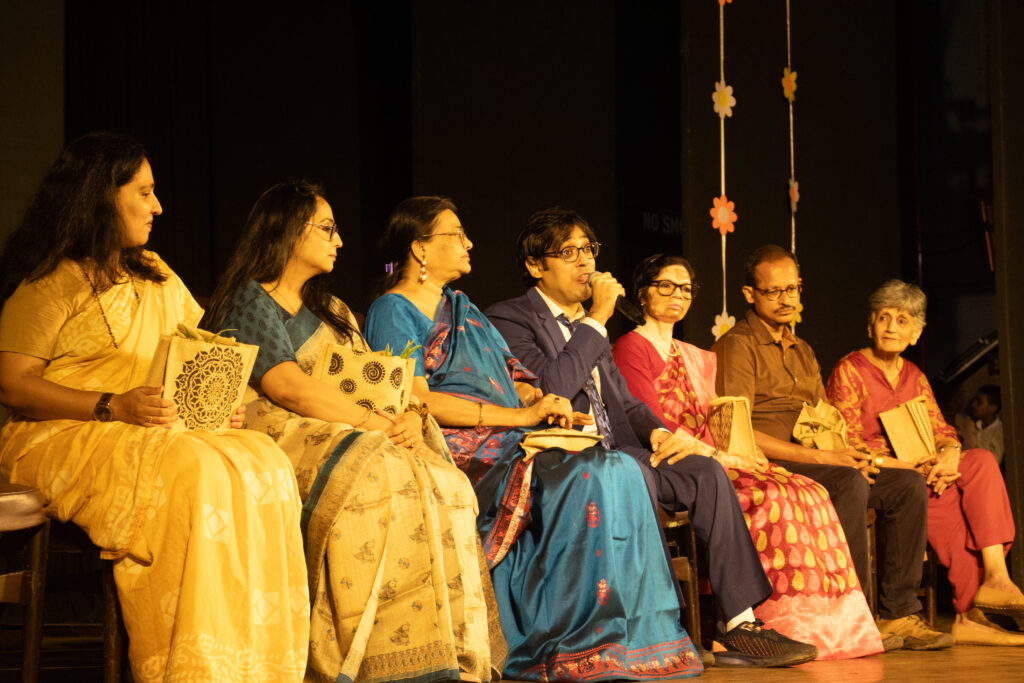
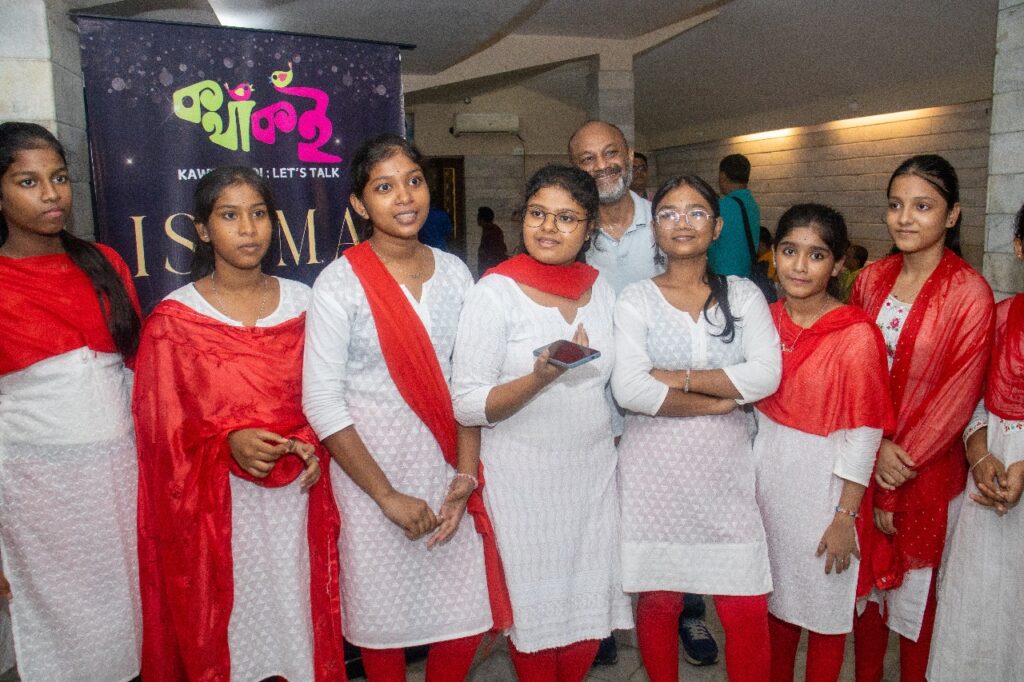
When Purpose Meets Performance: The Story of ISHMA 2
On the serene evening of June 27, 2025, Gyan Manch in Kolkata transformed into a sanctuary of hope, expression, and inclusion as ISHMA 2 unfolded — a musical celebration like no other, curated by Kawtha Koi: Let’s Talk. This wasn’t just another cultural event. This was a movement. A moment. A memory in the making.
“Our Duty. Our Responsibility. Our Pride.”
That was the soul of ISHMA 2 — a heartfelt salute to the unyielding spirit of individuals and communities who shine despite all odds.
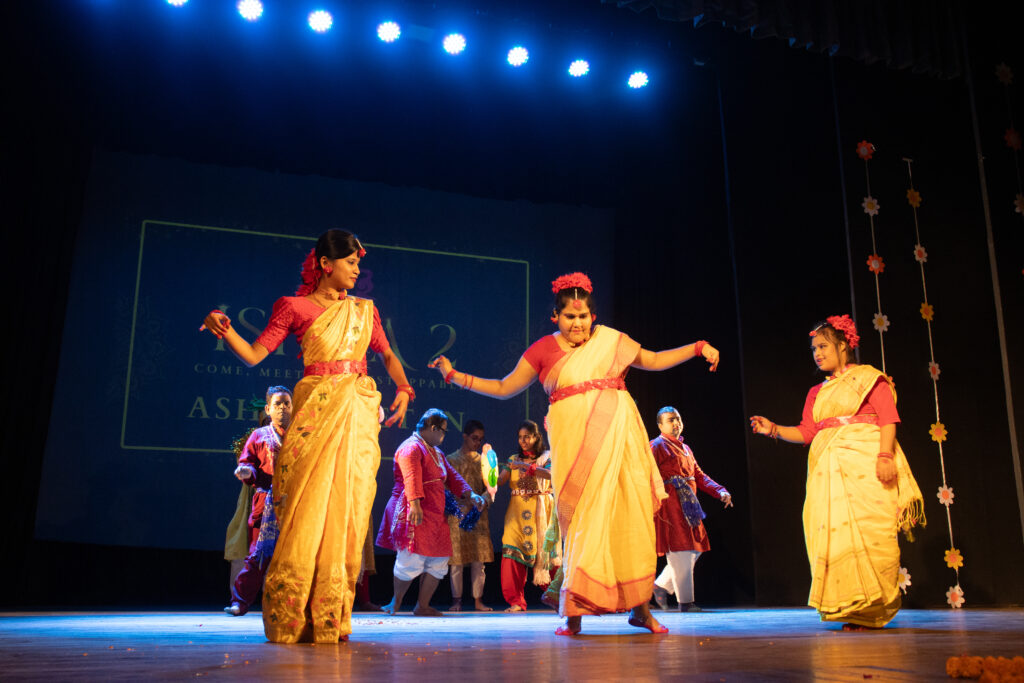
What Made ISHMA 2 Truly Special?
ISHMA 2 was conceived not as a platform to showcase talent, but to honour human spirit. With specially-abled performers from five remarkable NGOs — Hope Foundation, Asha Niketan, Development Action Society, Iswar Sankalpa, and PRAMA — this celebration of diversity wove music, dance, and storytelling into a magical evening of courage and connection.
Each performance was a testament to creativity triumphing over challenge, empathy empowering expression, and silence being broken by song, verse, and rhythm.

Beyond the Stage: The ISHMA Spirit
More than 100 performers, volunteers, and collaborators came together — not just to perform, but to belong. This was art as activism. Celebration as healing. Expression as revolution.
Anchored by the stellar support of Rithwik Centre, Pune and unconditional collaboration provided by of 91.9 Friends FM, The Statesman, Yuva Shakti, Headlines Now, and many generous partners, ISHMA 2 was a symphony of shared purpose.
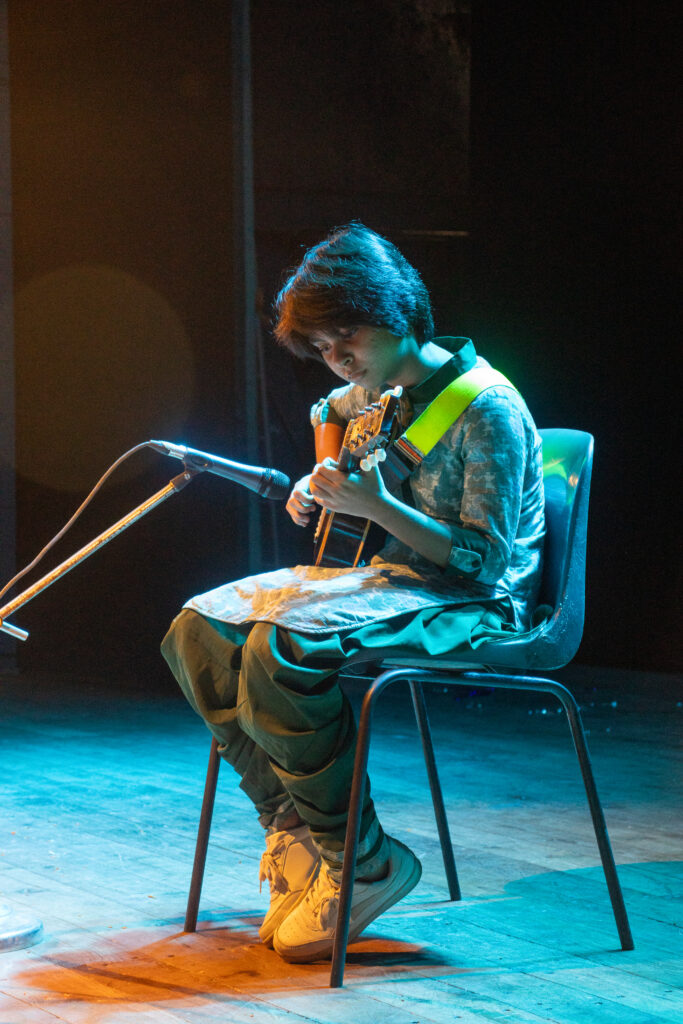
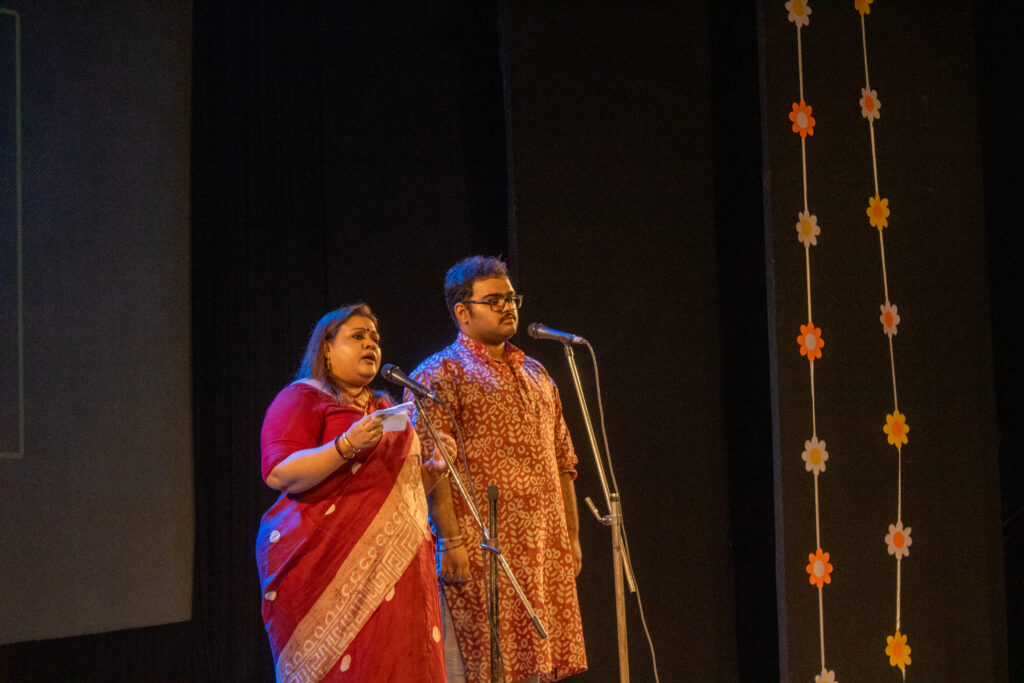
Why ISHMA Matters
ISHMA — a name that means Love and Hope — was never just a festival or a scheduled event on a calendar. It was something much deeper, much more tender. It was a coming together — of people, of possibilities, of silences that longed to be broken. It unfolded not just on stage, but in hearts. It was where art met empathy, where difference met dignity.
From the moment it began, ISHMA created space — not just physical space on a stage, but emotional space where every story, every voice, could exist freely. It stood as a reminder that when we say “inclusion,” we’re not ticking a box — we’re opening a door.
There was something transformative about the way ISHMA unfolded. It didn’t rush. It didn’t shout. It simply allowed. Performers, many stepping onto a stage for the first time, stood with a quiet kind of courage. And the audience — diverse, expectant, and deeply present — met them with more than applause. They met them with recognition.
It reminded us that visibility is not about spotlight or attention — it’s about being seen as fully human. That dignity is not something to be granted, but something to be honoured. ISHMA made that visible — in the pauses, in the rawness, in the laughter and tears that came with truth-telling.
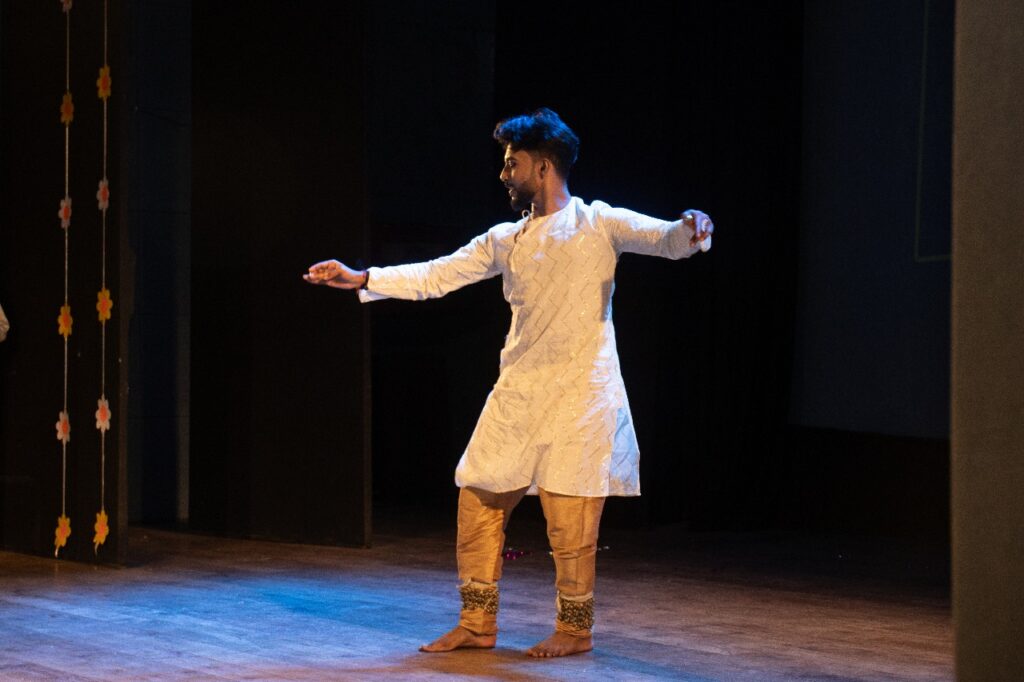
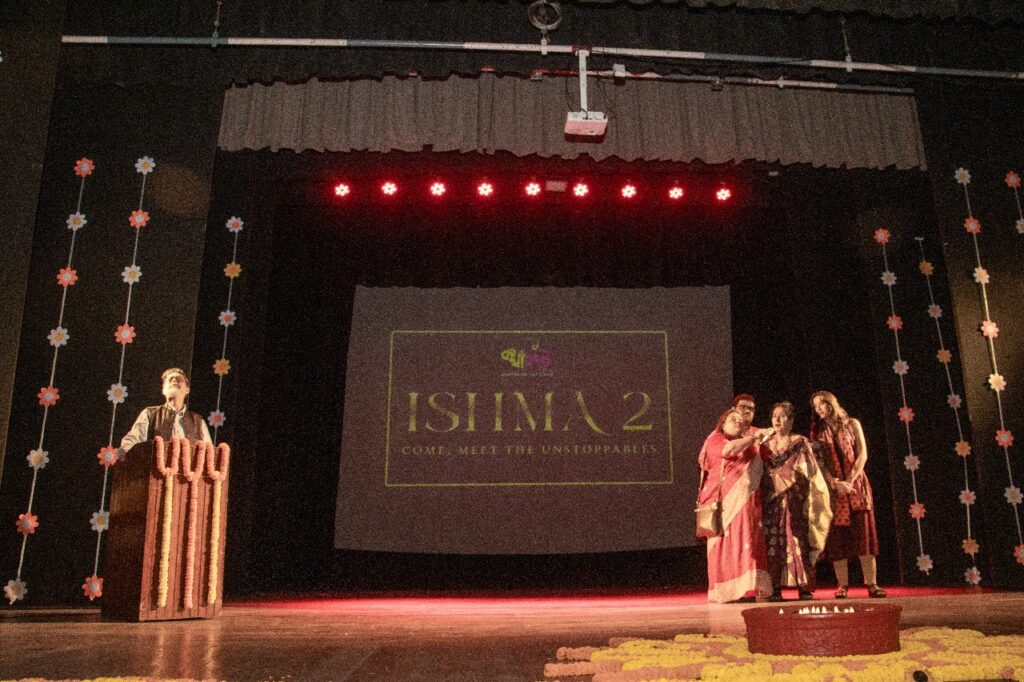
It brought together children, young adults, caregivers, educators, artists, and allies. Each one brought something — a gesture, a word, a presence — that contributed to a tapestry of belonging. For many, it was the first time they felt that kind of welcome. For others, it was the first time they truly listened.
ISHMA mattered because it didn’t just say “everyone belongs.” It showed us what that could look like. It showed us what could happen when we stop trying to fix, change, or hide people — and instead, simply let them be.
It wasn’t perfect, but that was part of its beauty. It was real. Messy in parts. Tender in others. But always held together by a shared intention: to love, to include, and to listen.
And like Hope, ISHMA left behind more than memories. It left behind seeds — of empathy, of understanding, of community. Seeds that, if we care for them, will bloom again. Because what ISHMA gave us wasn't a conclusion. It was a beginning — of a kinder, more inclusive world.
